Today, there is a wide range of telescopes to choose from, but not many are familiar with the concept of a Newtonian reflector – not only is it one of the most popular designs, but it also holds great historical significance. The Newtonian reflector played a crucial role in making some of the most important discoveries in astronomy, and it greatly contributed to the advancement of the field as a whole.
Newton’s Reflector: A Unique Design
The design of Newton’s reflector refers to mirror telescopes, where a concave mirror takes on the role of the lens. This design offers several advantages when compared to another type of telescope, known as a refractor, which utilizes lenses:
- The production of a mirror is much simpler than that of a lens. A high-quality lenticular lens requires multiple lenses, whereas only one mirror is needed for a reflector.
- The requirements for the glass used in a mirror are much lower. It simply needs to withstand mechanical stresses from its own weight and temperature fluctuations. In contrast, a lens requires high-quality optical glass without any defects. The transparency and small defects in the thickness of the glass are irrelevant for a mirror.
- The Newton reflector is significantly more compact than the refractor when they have the same lens diameter. For instance, a refractor tube with a 150 mm lens would be over 2 meters long and would come with a hefty price tag, not to mention the astronomical cost of the lens itself and a powerful mount. In contrast, a reflector with the same diameter is only half as long, much smaller in size, and the mirror is quite affordable.
- The reflector telescope produces a superior image compared to the refractor because the refractor bends light, while the reflector simply reflects it. As a result, the reflector is largely free from various aberrations, such as chromatic aberrations that cause colored borders around objects, and delivers a sharper and higher-quality image.
- The mirror has the ability to reflect light of various wavelengths, including ultraviolet, which is crucial for observation and photography. In a refractor, on the other hand, the light passes through the lens and a significant portion of the spectrum, including ultraviolet, is lost.
- This type of telescope has a larger aperture, resulting in clearer and higher quality photographs.
- Thanks to the design of the Newton refractor, the eyepiece is positioned to the side, allowing for convenient observations. While a refractor can be equipped with a wraparound prism, this feature ultimately obstructs the path of light, leading to increased loss and the level of convenience is subjective.
- The telescope is composed of a primary mirror, which is either spherical or parabolic in shape, and a secondary mirror that redirects the focused beam out of the tube, where the observation eyepiece is situated.
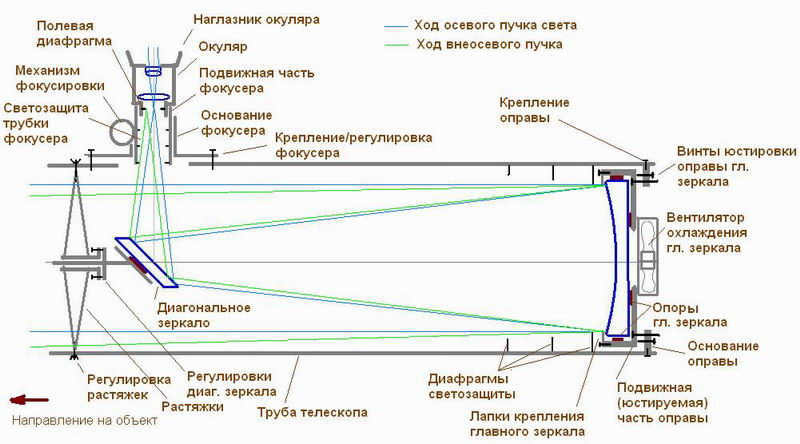
The primary mirror is situated on a specialized platform equipped with alignment screws to fine-tune its tilt. The secondary flat mirror is positioned on supports close to the front of the tube, resulting in just two reflections within the telescope.
The eyepiece is equipped with a focuser to easily adjust the sharpness.
Compared to refractors with a similar lens diameter, the Newton Reflector telescope is relatively inexpensive. The price difference can be several times, and in larger models, there are no equivalents at all. For instance, refractors with a lens diameter of 50-80 mm are considered popular models, but when it comes to a diameter of 90 mm, they become significantly more costly.
Simultaneously, an affordable option for nearly every amateur astronomer is a Newtonian reflector with a mirror diameter ranging from 110 to 150 mm. Numerous enthusiasts possess 200 mm models, which are classified as professional-grade. Refractors of this size are only found in observatories and are not available for purchase.
Origin of the Newton refractor
The Newton refractor, as the name suggests, was initially developed by the renowned English scientist, Isaac Newton, who made significant contributions to the fields of mathematics, physics, astronomy, and various other sciences. Although Newton is often credited with inventing the telescope, it is important to note that he merely created it based on an idea proposed by the Scottish scientist, mathematician, and astronomer James Gregory in 1663. Gregory conceptualized the design, but it was Newton who brought it to life as a functioning telescope.
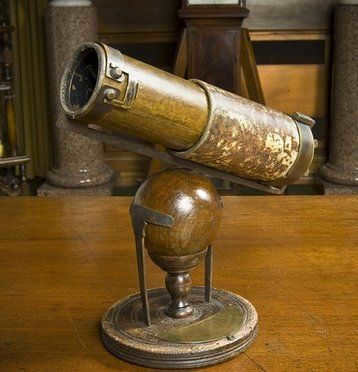
In 1668, Newton attempted to create the first telescope of its kind, but it was not successful. However, he made improvements and the second model produced a clear image with 40x magnification.
This was a significant advancement in the field of astronomy, especially considering that during that time, refractors – telescopes with lenses of simple design, or even telescopes with multiple lenses – were the norm. These instruments did not provide high-quality images and had limited magnification, although they still led to many important discoveries.
Nevertheless, in 1671-1672, Newton demonstrated his telescope to the king himself and at the Royal Society, which garnered much excitement. Newton gained fame and was made a Fellow of the Royal Society. Eventually, the reflector telescope became the primary astronomical instrument and enabled numerous crucial discoveries.
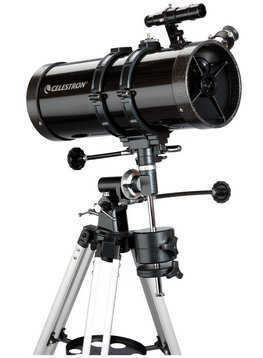

The contemporary version of Newton’s reflector
Not much has changed since then, despite the emergence of numerous other telescope designs, including reflectors. Nevertheless, the Newton reflector remains a beloved instrument among amateur astronomers worldwide due to its simplicity and effectiveness. Many enthusiasts have even constructed their very own Newton reflector from scratch. Newton reflector with their own hands.
What Can You Observe with a Newtonian Reflector Telescope?
A Newtonian reflector telescope offers a wide range of observation opportunities. While it may not be ideal for ground-based observations due to its inverted image, this is of little concern for astronomical purposes.
One of the main advantages of a reflector telescope is its larger mirror diameter compared to refractors, which allows for better observation of faint objects such as nebulae, galaxies, and planets. Additionally, the reflector’s design minimizes light loss, making it more effective for photography.
When it comes to observing the moon, a Newtonian reflector telescope excels, providing excellent detail of its surface.
Creating Your Own Newton Reflector: A Step-by-Step Guide
While Newton reflectors are readily available in stores nowadays, it’s also possible to embark on a DIY project and build one yourself. Although it requires time and effort, the end result can be a powerful telescope, which would otherwise cost tens or even hundreds of thousands of rubles if purchased from a store. With some experience, amateur astronomers have successfully constructed 200 and 250-mm telescopes for their home observatories.
Why do you need it at this moment, when you have the option to purchase everything from a store? The motivations could vary – from saving money to a genuine curiosity. Indeed, a telescope crafted with your own hands, tailored to your specific requirements, can be just as good as a store-bought one, and the skills gained during the process will certainly be valuable.
Where can I purchase a Newtonian reflector telescope?
Buying a Newtonian reflector telescope is now easier than ever. This design is highly popular and is manufactured by almost all telescope manufacturers in various models. You can find plenty of these models in optical stores in cities.
You also have the option to purchase a Newtonian reflector telescope online. There are models available in different sizes and from various manufacturers. Selecting the right model based on characteristics or price will not be a problem, and you can conveniently place your order directly on the website.
A reflector telescope, also known as a mirror telescope, consists of a primary and secondary mirror in its design. The resulting image from this device is known for its excellent detail and absence of chromatic distortion. A reflector telescope has the capability to reveal intricate details not only on planets and the Moon, but also on dim nebulae and galaxies.


array(9) < [1]=>int(11) [3]=> int(0) [5]=> int(0) [6]=> int(0) [7]=> int(15) [8]=> int(0) [9]=> int(0) [10]=> int(0) [11]=> int(20) >


array(9) < [1]=>int(12) [3]=> int(0) [5]=> int(3) [6]=> int(0) [7]=> int(11) [8]=> int(0) [9]=> int(0) [10]=> int(0) [11]=> int(20)>
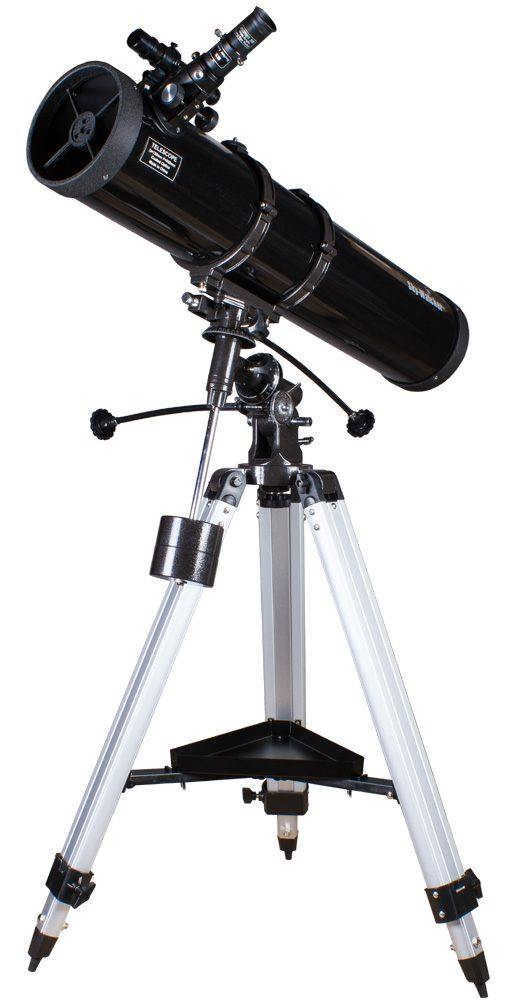
array(9) < [1]=>int(9) [3]=> int(0) [5]=> int(0) [6]=> int(0) [7]=> int(13) [8]=> int(0) [9]=> int(0) [10]=> int(0) [11]=> int(20)>
The array contains 9 elements. The first element is an integer with the value of 9. The third element is an integer with the value of 0. The fifth element is an integer with the value of 0. The sixth element is an integer with the value of 0. The seventh element is an integer with the value of 13. The eighth element is an integer with the value of 0. The ninth element is an integer with the value of 0. The tenth element is an integer with the value of 0. The eleventh element is an integer with the value of 20.


array(9) < [1]=>int(3) [3]=> int(0) [5]=> int(0) [6]=> int(0) [7]=> int(9) [8]=> int(0) [9]=> int(0) [10]=> int(0) [11]=> int(15) >
array(9) < [1]=>int(7) [3]=> int(0) [5]=> int(0) [6]=> int(0) [7]=> int(6) [8]=> int(0) [9]=> int(0) [10]=> int(0) [11]=> int(11) >


array(9) < [1]=>int(6) [3]=> int(0) [5]=> int(0) [6]=> int(0) [7]=> int(1) [8]=> int(0) [9]=> int(0) [10]=> int(0) [11]=> int(5) >

The array contains 9 elements: [1]=7, [3]=0, [5]=0, [6]=0, [7]=1, [8]=0, [9]=0, [10]=0, [11]=4.
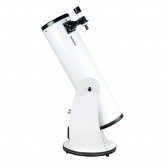

array(9) < [1]=>int(1) [3]=> int(0) [5]=> int(0) [6]=> int(0) [7]=> int(1) [8]=> int(0) [9]=> int(0) [10]=> int(0) [11]=> int(7) >
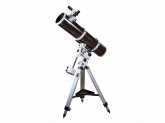
array(9) < [1]=>int(2) [3]=> int(0) [5]=> int(0) [6]=> int(0) [7]=> int(5) [8]=> int(0) [9]=> int(0) [10]=> int(0) [11]=> int(0) >
The array contains 9 elements. The first element is an integer with a value of 2. The third element is an integer with a value of 0. The fifth element is an integer with a value of 0. The sixth element is an integer with a value of 0. The seventh element is an integer with a value of 5. The eighth element is an integer with a value of 0. The ninth element is an integer with a value of 0. The tenth element is an integer with a value of 0. The eleventh element is an integer with a value of 0.
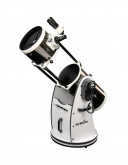
array(9) < [1]=>int(3) [3]=> int(0) [5]=> int(0) [6]=> int(0) [7]=> int(2) [8]=> int(0) [9]=> int(0) [10]=> int(0) [11]=> int(2) >
The given array has a length of 9. The first element is 3, the third element is 0, the fifth element is 0, the sixth element is 0, the seventh element is 2, the eighth element is 0, the ninth element is 0, the tenth element is 0, and the eleventh element is 2.


array(9) < [1]=>int(5) [3]=> int(0) [5]=> int(0) [6]=> int(0) [7]=> int(0) [8]=> int(0) [9]=> int(0) [10]=> int(0) [11]=> int(0) >
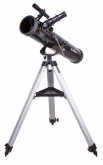

The array contains 9 elements. The first element is equal to 15, the third element is equal to 0, the fifth element is equal to 0, the sixth element is equal to 0, the seventh element is equal to 12, the eighth element is equal to 0, the ninth element is equal to 0, the tenth element is equal to 0, and the eleventh element is equal to 20.
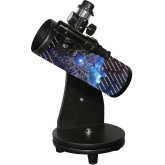

array(9) < [1]=>int(13) [3]=> int(0) [5]=> int(0) [6]=> int(0) [7]=> int(9) [8]=> int(0) [9]=> int(0) [10]=> int(0) [11]=> int(20)>
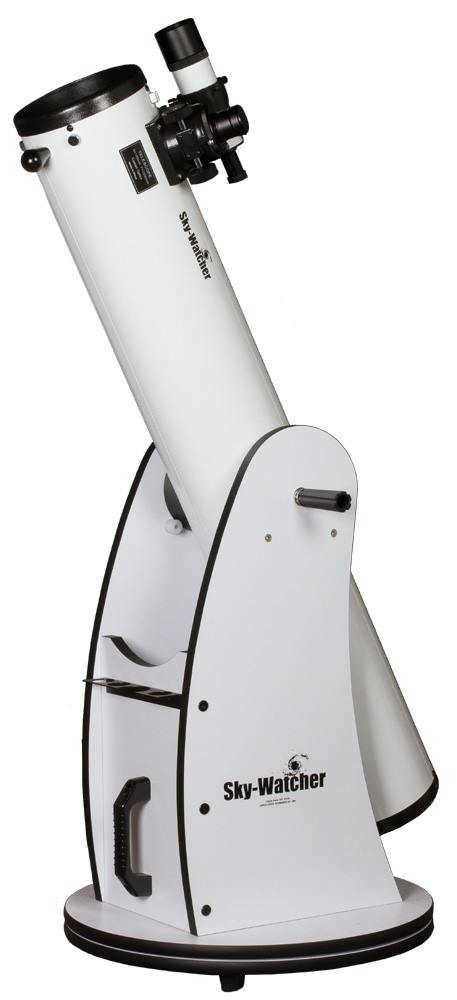

array(9) < [1]=>int(3) [3]=> int(0) [5]=> int(0) [6]=> int(0) [7]=> int(8) [8]=> int(0) [9]=> int(0) [10]=> int(0) [11]=> int(20)>
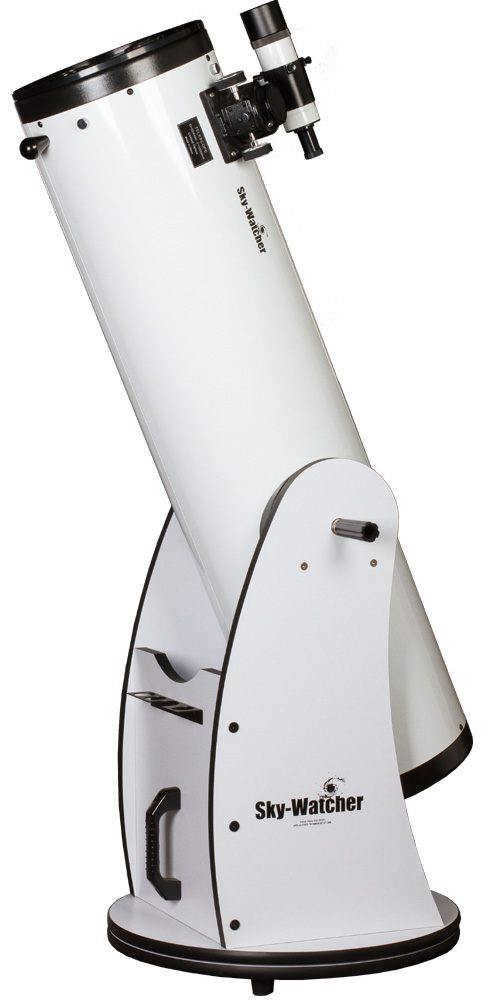
array(9) < [1]=>int(1) [3]=> int(0) [5]=> int(0) [6]=> int(0) [7]=> int(4) [8]=> int(0) [9]=> int(0) [10]=> int(0) [11]=> int(15)>
array(9) < [1]=>int(4) [3]=> int(0) [5]=> int(0) [6]=> int(0) [7]=> int(4) [8]=> int(0) [9]=> int(0) [10]=> int(0) [11]=> int(4) >
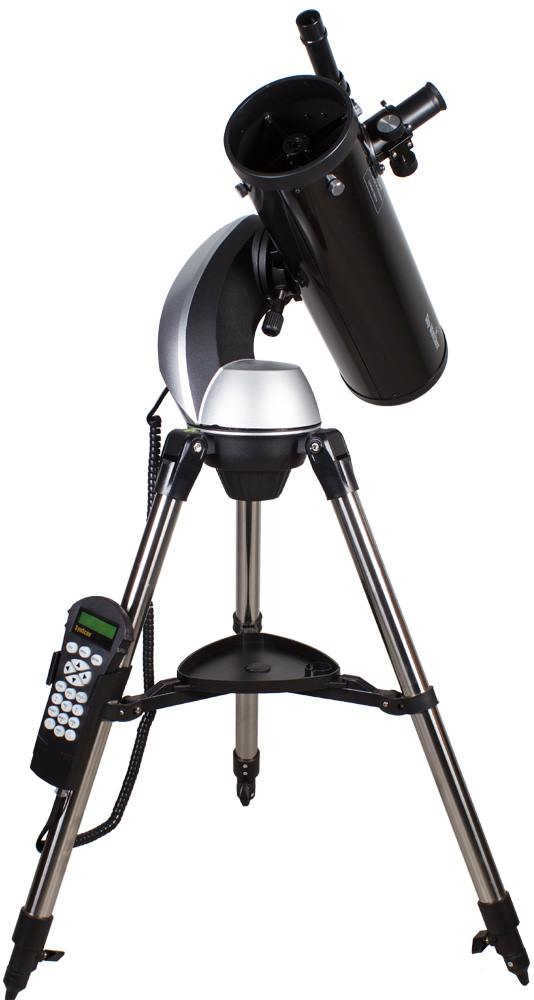
array(9) < [1]=>int(3) [3]=> int(0) [5]=> int(0) [6]=> int(0) [7]=> int(1) [8]=> int(0) [9]=> int(0) [10]=> int(0) [11]=> int(0) >
Reflector telescope – clear image
A reflector telescope is a type of telescope that utilizes a mirror, either parabolic or spherical in shape, along with a secondary mirror that redirects the light to the eyepiece. This optical design was first developed in the 17th century and was named after its creator, Sir Isaac Newton.
Choosing a Telescope – Video
The Benefits of Mirror Telescopes include a clear image with no chromatic distortion, quick thermal stabilization, and affordability. Reflector telescopes can be purchased at a much lower price compared to similar mirror-lens devices. Additionally, there are mirror telescopes available with apertures ranging from 300-400 mm.
The Drawbacks of Reflector Telescopes are:
- The need for periodic realignment
- An open tube design that can allow moisture or dust to enter
- Potential spherical distortion depending on the telescope model
- An inverted image
Mirror telescope – what am I able to observe?
A mirror telescope, also known as a reflector telescope, is highly favored by those who enjoy observing galaxies and nebulae. If you purchase a mirror telescope with a sufficiently large mirror, you will have the opportunity to see a wide range of deep space objects, as well as uncover intricate details of the Moon and planets. Thanks to its expansive field of view, these telescopes are highly sought after by astrophotography enthusiasts. If you are interested in pursuing this hobby, there are tubes available on the equatorial mount to accommodate your needs. Additionally, for individuals who prefer fruitful visual observations, there are Dobsonian telescopes, such as the renowned Sky-Watcher Dob, to cater to your preferences.
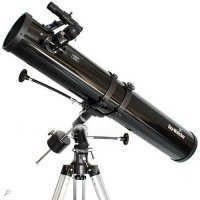
If you are interested in capturing high-quality astronomical photographs of faraway planets, we recommend considering the purchase of a reflector telescope. This type of telescope is specifically designed for observing deep space and capturing stunning images of distant galaxies.
Telescopes in the amateur series are manufactured in a relatively simple manner. A large mirror is placed at the bottom of the tube as the foundation of the optical system. The observation eyepiece is situated on the side of the casing. The entry-level reflector is spherical, which is the least costly to produce. In more expensive variations, the primary mirror is parabolic in shape.
The Newton reflector accurately portrays the original colors and forms of observed objects, albeit in an inverted manner. This does not impact the quality of observations of celestial bodies, but it does alter the image of terrestrial objects. These designs are free from chromatic aberration.
Some models at the amateur level are equipped with additional wraparound lenses, or the eyepiece is structurally designed with a system to achieve a correct image.
Maintenance
The reflector is equipped with an open system that allows mirrors to collect dust and dirt over time. In order to keep the device in optimal condition, it is necessary to occasionally disassemble it, clean out any debris, and give it a thorough wash. To prevent the mirrors from losing their reflective properties, an innovative protective coating is applied.
Important: When purchasing a telescope reflector, it is important to choose reputable manufacturers to avoid falling victim to counterfeit products. Counterfeit models often overstate their capabilities while reducing the price, resulting in lower quality. It’s also important to note that over time, the device’s settings may become misaligned and will require realignment of the mirror. This adjustment can only be done using an eyepiece, such as a cheshire with overlap or a laser collimator.
Benefits of Reflecting Telescopes
Utilizing correctors and navigating through complex settings can be challenging for amateur astronomers or children. However, mirror telescopes offer several advantages:
- Clear, high-quality images with vibrant colors due to their large aperture
- Simple and straightforward design
- Ability to capture faint light from distant cosmic bodies effectively
- Lightweight and compact, making them easy to transport
A modern telescope created with advanced technologies would make a unique gift. Brands such as Sky Watcher, Bresser, and Levenhuk are known for producing well-designed devices.
Video-Sfera.net, a store specializing in video equipment, offers reflector telescopes for sale. These telescopes allow you to explore remote areas of galaxies that are inaccessible to many. Contact the phone numbers provided on the main page, and a consultant will assist you in selecting the right instrument and mount for your needs.
Discovered an error in the text? Indicate it and hit Ctrl+Enter
Location of the internet store: Moscow,
Proletarskaya/Krestyanskaya Zastava metro station.
Simonovsky Val, 7, building 2 (travel map).
Accepted forms of payment:
Contact the manager
If you are dissatisfied with the service – kindly reach out to me and I will personally address the issue.
Did you spot an error?
Our price guarantee is unbeatable!
If you come across a better deal at another store, just share the link with us, and we’ll gladly offer you an extra discount.
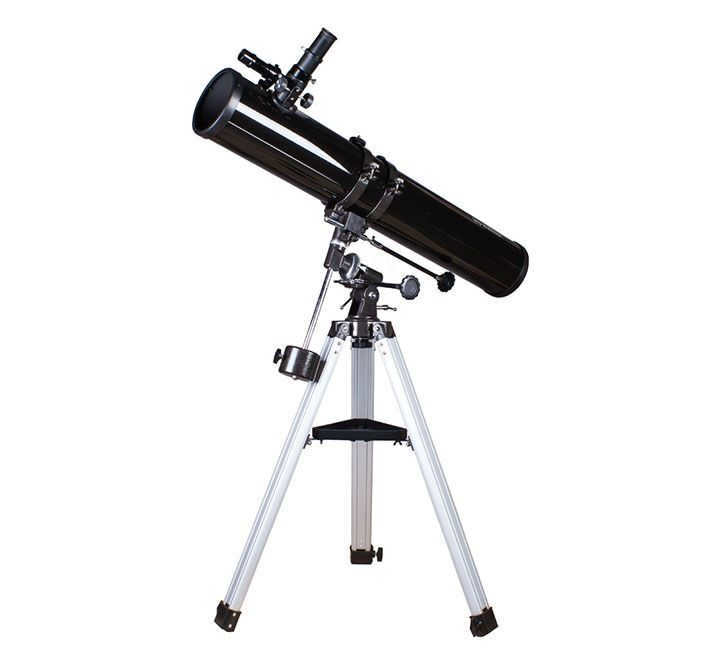
The Newton scheme is used in optical systems with a light diameter of 150 mm and a focal length of 1400 mm.
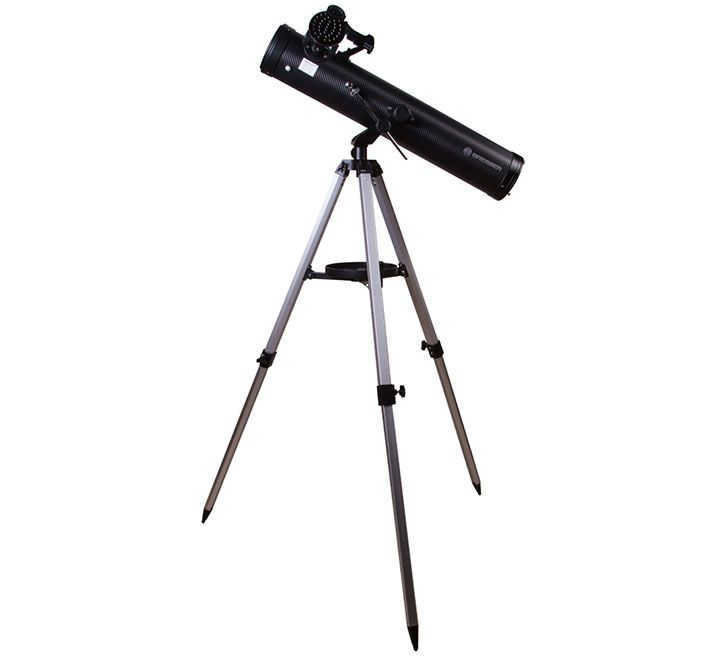
The Bresser Venus 76/700 AZ Telescope is equipped with a smartphone adapter, making it easy to capture images of celestial objects. With a lens diameter of 76 mm and a focal length of 700 mm, this Newton reflector offers sharp and clear views of the night sky.
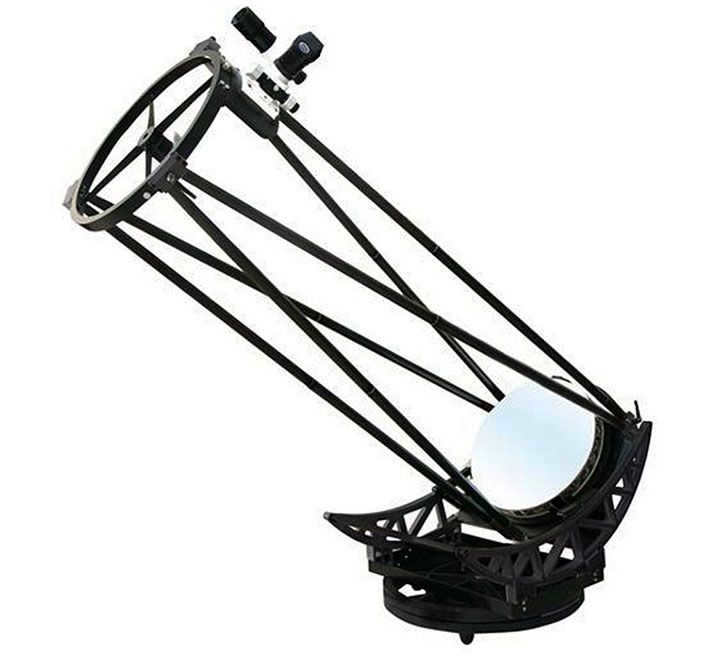
Newtonian reflector telescope with an automatic pointing system. The aperture of this telescope is 406 mm, and its focal length is 1800 mm.
Reflector Telescope
You can purchase a reflector telescope with an official warranty and at a favorable price from our online store. We offer free delivery in Moscow. Our catalog features over 60 models of reflector telescopes from top manufacturers such as Sky-Watcher, Bresser, Celestron, Levenhuk, Veber, Meade, and more. These telescopes have focal lengths ranging from 300 mm to 1900 mm and lens diameters ranging from 76 mm to 458 mm. Our assortment includes a wide selection of optical equipment suitable for both amateur and professional use.
These devices are known for their affordability and compact size, as well as their ability to produce sharp, clear images with good contrast. Additionally, these models offer the following advantages:
- No aberrations in the center of the field of view;
- High brightness;
- Images with sharp edges and no blurring;
- High resolution;
- Optimal performance for photography;
If you’re interested in observing nebulae and other distant objects, a reflector telescope is the ideal choice. To ensure you make the right choice when it comes to optics, it’s best to consult with the experts at Zoom-Star.
Our company regularly offers promotions, discounts, and gifts, making it a great time to make a purchase. To buy a reflector telescope, simply reach out to our managers in Moscow.
The benefits of purchasing reflector telescopes in Moscow from the online store Zoom-Star.ru
- Enjoy the advantage of a low price guarantee and free shipping (contact 8 (800) 301-63-11 for more information)
- Get the opportunity to purchase reflector telescopes in Moscow at a favorable price with the option of delivery or self-pickup
- Rest assured with the warranty provided on all products and experience excellent customer service
- Take advantage of our support service, where any questions or concerns can be addressed
It is also worth considering
- Meade EclipseView available in Moscow
- Levenhuk Zeno Gem available in Moscow
- Microscope suitable for 8-year-old child in Moscow
- Microscope with built-in digital camera in Moscow
- Where to buy eyepieces for telescopes in Moscow
- Prices for Bresser Microscopes in Moscow
- Apochromat telescope options
- Prices for Levenhuk 850 Microscopes in Moscow
- Where to buy a beginner’s telescope in Moscow
- Prices for Binoculars BPC (KOMZ) in Moscow
- Where to buy a Wi-Fi telescope in Moscow
- Prices for Veber Snipe telescopes in Moscow
- Binocular options
- Prices for Night Vision Binoculars in Moscow
- Where to buy Veber Soviet binoculars in Moscow
- Prices for Levenhuk 700 Microscopes in Moscow
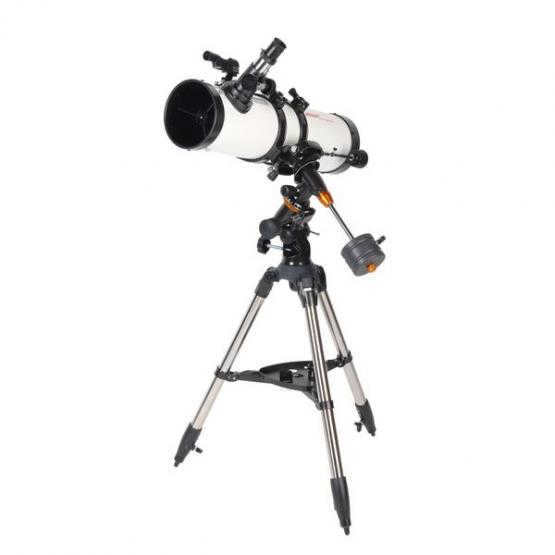
A reflector telescope is a type of optical telescope that enables the observation of the sky and various objects within it. The specific observational capabilities of a reflector telescope are determined by the optical elements incorporated within its design. Additionally, the type of celestial bodies that can be seen with this particular telescope is also influenced by its unique construction. Prior to purchasing a reflector telescope, it is important to familiarize oneself with the device and the specific parameters associated with its individual components.
How does the Newton reflector telescope function?
Let’s start by explaining the origin of the term “Newton’s telescope”. As you may have already deduced, this name is derived from its creator, Isaac Newton, who constructed the initial reflector model circa 1670. Although it was the first of its kind, this telescope had certain limitations. Newton’s mirror telescope was developed as an enhancement to the lenticular telescopes, and while it achieved some degree of success, it also had its own set of drawbacks. Consequently, it underwent numerous modifications and advancements over time, as did its range of applications.
Constructing a Reflector Telescope
Simplifying the process, we can describe reflector telescopes as having an eyepiece and a primary mirror located at opposite ends of the tube. Additionally, they feature a smaller secondary mirror that redirects the light beam outside of the tube. The mirror plays a crucial role in allowing viewers to observe the sky and stars through the use of glasses. It’s important to note that the design of a reflector telescope can vary depending on the type and the number of mirrors used, including the secondary mirror.
A popular choice among astronomy enthusiasts is the Newton telescope due to its straightforward design. It consists of a concave and parabolic primary mirror along with a flat secondary mirror. However, one drawback of this telescope is its longer tube length, which is determined by the focal length.





